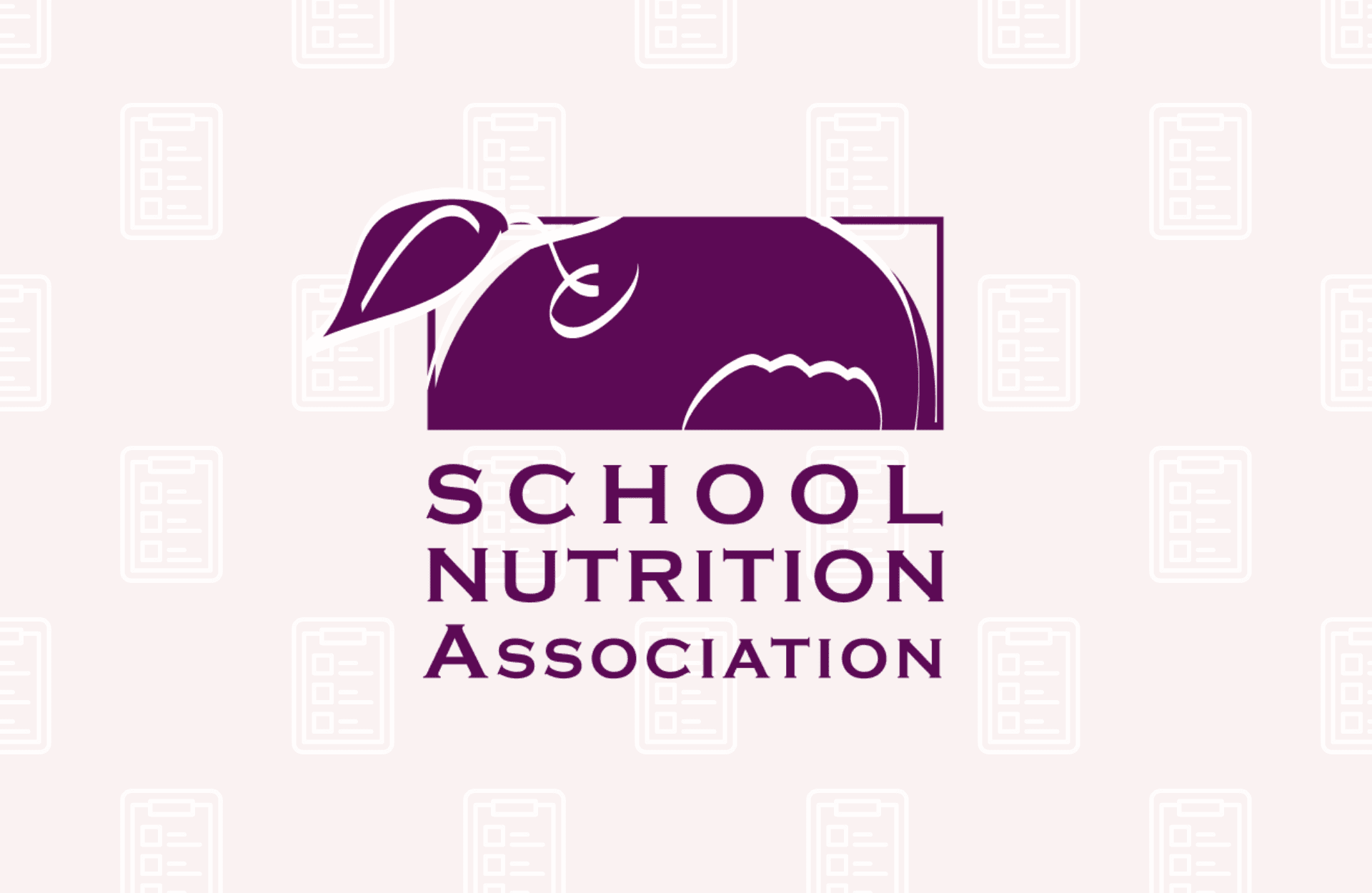FOR IMMEDIATE RELEASE:
Contact: Diane Pratt-Heavner
703-824-3024
media@schoolnutrition.org
SNA Statement on Proposed School Meal Flexibilities
2020-01-22
ARLINGTON, VA – On January 17, 2020, the U.S. Department of Agriculture (USDA) released proposed regulations intended to simplify meal service and monitoring requirements in the National School Lunch and School Breakfast Programs. The School Nutrition Association (SNA) is collecting member feedback on these proposed changes as it prepares the Association’s official comments in response to the proposed rule.
In the meantime, SNA can address select issues that the Association advocated for in its 2019 Position Paper, including a return to the 5-year Administrative Review cycle for school meal programs that consistently operate in compliance with federal regulations. This change will maintain accountability while reducing onerous paperwork and administrative requirements for school nutrition professionals. State agencies will have more time to conduct thorough reviews and increased resources to provide support and technical assistance. School nutrition directors will spend less time at their desks and more time in the cafeteria interacting with students and staff.
The proposed rule also addresses much-needed flexibility for school cafeteria a la carte sales, helping to relieve unnecessary menu planning inconsistencies and ensure students can choose from a variety of healthy options in the cafeteria. Entrees that already meet nutrition standards for school meals would be allowed for a la carte purchase on the day the entrée is offered as part of the school meal and for the next two school days. Current rules only permit a la carte sale the day of meal service and one day after.
SNA’s 2020 Position Paper stresses the need to streamline overly complex child nutrition programs and cites how current school meal flexibilities have helped ease school menu planning challenges while maintaining strong nutrition standards to benefit students. This proposed rule would maintain current mandates that schools offer a wide variety of vegetables with school meals, including weekly offerings of dark leafy greens, red/orange vegetables and legumes; preserve Target 1 sodium reductions; and protect caps on calories and saturated fat, which ensure school meals do not contribute to obesity.
“School nutrition professionals are constantly working to improve our menus, introduce students to new fruits and vegetables, and encourage them to make nutritious choices in school and at home,” said SNA President Gay Anderson. “Schools need leeway to tailor our healthy menus for students in our communities and to manage unique program complexities. School nutrition professionals rise to the challenge to meet or exceed nutrition regulations and appreciate USDA’s efforts to streamline burdensome regulatory requirements.”
For instance, under current rules, scrambled eggs served with milk and fruit does not meet federal meal standards; schools are required to offer a grain with every school breakfast. With limited budgets, many schools cannot afford to offer protein rich foods in addition to the required grain each school day. By eliminating the minimum grain requirement for breakfast, the proposed rule will allow schools to offer more lean protein options, like eggs, yogurt, low fat cheese or turkey sausage, to keep students satiated throughout the morning.
SNA is gathering input from school meal program operators and State agency officials on all the proposed changes and will submit official comments to USDA as part of the regulatory process. Read SNA’s previous comments on the school meal flexibilities.
About School Nutrition Association:
The School Nutrition Association (SNA) is a national, non-profit professional organization representing more than 55,000 school nutrition professionals across the country. Founded in 1946, SNA and its members are dedicated to making healthy school meals and nutrition education available to all students. For more information on school meals, visit www.SchoolNutrition.org/SchoolMeals.
Related Articles

SNA Conference Offers School Meal Innovations
Read More

SNA Urges MAHA Commission to Invest in School Meals
Read More




